Banner year for FMR conservation efforts
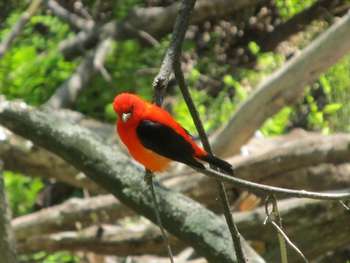
Many native and migratory birds depend upon restored natural areas for habitat. This scarlet tanager was spotted at an FMR restoration site, Pine Bend Bluffs.
Photo: Karen Schik/FMR
2011 was a banner year for FMR-led land conservation projects. The array of projects reflects FMRs three-prong approach of planning, restoring and protecting the long-term health of the uplands that support and enhance the Mississippi River.
FMR ecologists Karen Schik and Joe Walton developed Natural Resource Management Plans (NRMP) for eight sites in Dakota and Washington Counties. Five are privately owned and in the process of being permanently protected, while the remaining three are publicly owned. These NRMPs provide the landowner with information about the natural resources on the property as well as recommendations for their restoration and enhancement. FMR also completed bird surveys at several sites, a mapping project for the Swede Hollow Park in St. Paul and conducted an exotic plant species inventory at the Minnesota Department of Natural Resource-Central Region Office near the river in St. Paul.
On the restoration front, FMR staff managed restoration activities at nine sites, including both private and public properties. Restoration activities completed in 2011 included controlling exotic invasive plants, planting prairie, conducting prescribed burns and installing native plants. All told, FMR improved the habitat on 250 acres through these activities. While some activities involve our much-appreciated volunteers, helping to stretch our restoration funds, we should also note that FMR hires private contractors to conduct many of these habitat restoration and enhancement activities; we're proud to help keep a number of Minnesotans employed.
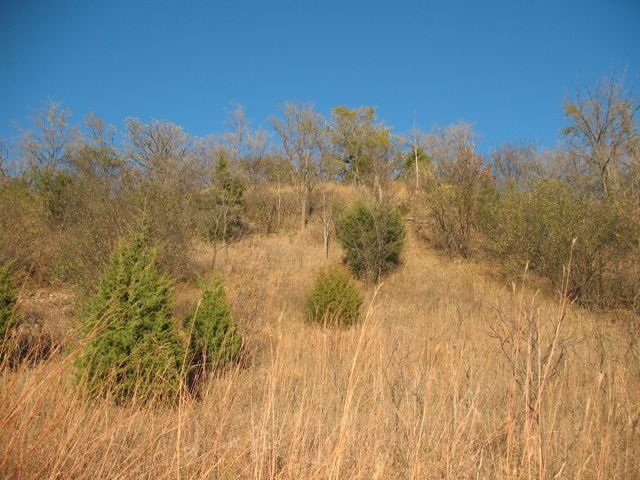
Photo: Joe Walton/FMR
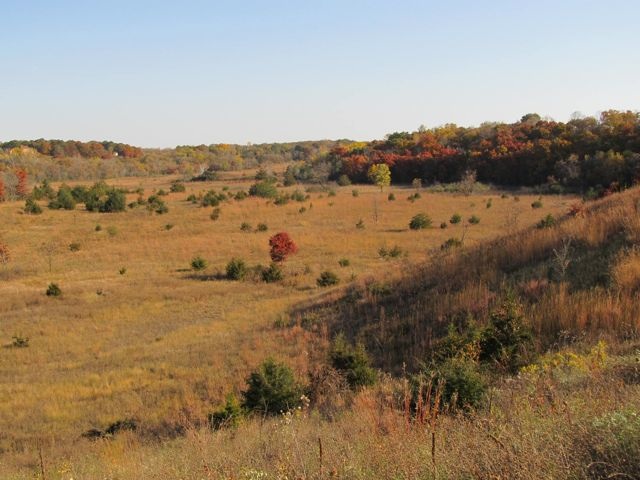
The conservation team is proud to play an instrumental role in the restoration of Camel's Hump in Cottage Grove (top) and the expansion of the Hastings Sand Coulee Scientific and Natural Area.
Photo: Karen Schik/FMR
And last but not least, FMR was actively involved in two important protection projects in 2011 that added 105 acres to the Hastings Sand Coulee Scientific and Natural Area. Both properties contain diverse sand gravel prairie and several rare species. These two acquisitions bring the number of acres in the SNA to 268.
We take our job of improving the land associated with the Mississippi River very seriously and we are proud of our accomplishments. We thank our members, volunteers many partners for supporting these important efforts.
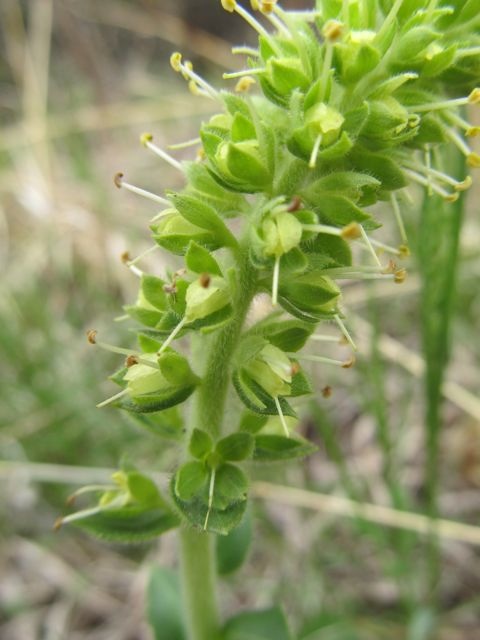
Photo: Karen Schik/FMR
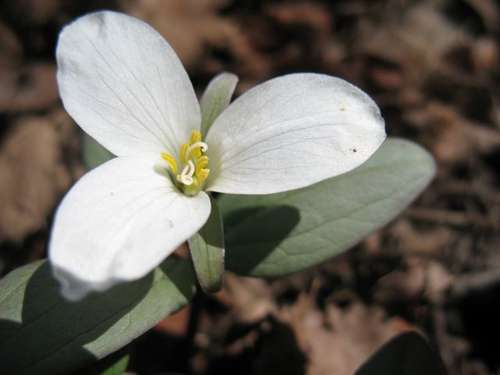
Rare or uncommon native plant species, such as kittentail and trillium, can be found in FMR-restored areas.
Photo: Karen Schik/FMR